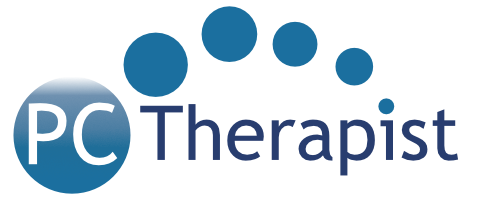Your software is only as good as its last patch. Reaching End of Life (EoL) or End of Service (EoS) means critical patches and updates are no longer available, leaving you vulnerable to various problems.
Some make the mistake of not rushing to upgrade the software because it’s still functional. However, outdated software can lead to security risks, data loss, compliance issues, and more.
In this blog, we will discuss the primary implications of running outdated software and explain why it’s crucial to take action when your software reaches EoL or EoS.
IMPLICATIONS OF USING OUTDATED SOFTWARE
The implications of running outdated software can be divided into three categories:
Security Implications
Using outdated software can have severe security implications, such as:
- You no longer receive security patches from the vendor, leaving your system vulnerable to known exploits
- Threat actors may have already reverse-engineered the software and developed exploit code, making it easier for them to compromise your system
- Running outdated software may cause compatibility issues with other software and hardware, leading to data loss or corruption
- Using outdated software may violate your organization’s security policies, hindering a secure future and operational excellence
Privacy Implications
Privacy implications of using outdated software can be severe. If the software is no longer supported by its vendor and contains sensitive information, you could be at risk of receiving a data privacy fine.
For example, in the United States, the Federal Trade Commission is taking action against Chegg Inc. for failing to patch vulnerabilities that exposed sensitive information about millions of its customers and employees, such as Social Security numbers, email addresses, and passwords. Chegg allegedly couldn’t address problems despite four security breaches over a five-year period.
According to the FTC’s proposed order, the company must immediately address vulnerabilities and take additional steps, such as limiting the amount of data it can collect and retain, providing users with multifactor authentication to secure their accounts, and allowing users to access and delete their data.*
Productivity Implications
Outdated software can have severe productivity implications for a business. For example, if the software runs slowly, crashes frequently, or is otherwise difficult to use, it can frustrate employees and disrupt workflows. This can, in turn, lead to a poor customer experience, damaging a company’s reputation and bottom line. Therefore, it’s important to keep software up to date to avoid these problems.
Collaborate for Success
You’ve already taken the first step toward securing your company by recognizing the dangers of using outdated software. However, mitigating the above implications may be a heavy lift for you since you’ll have to set aside extra time and effort while running an organization. Partnering with an IT service provider like us can ease your worry.
To protect your business, we can help you identify outdated software and hardware. We can keep you up to date on the latest security threats and how to mitigate them. We can also update your systems to the latest versions to ensure the best possible protection. For a consultation, feel free to contact us.
Source:
* www.ftc.gov

